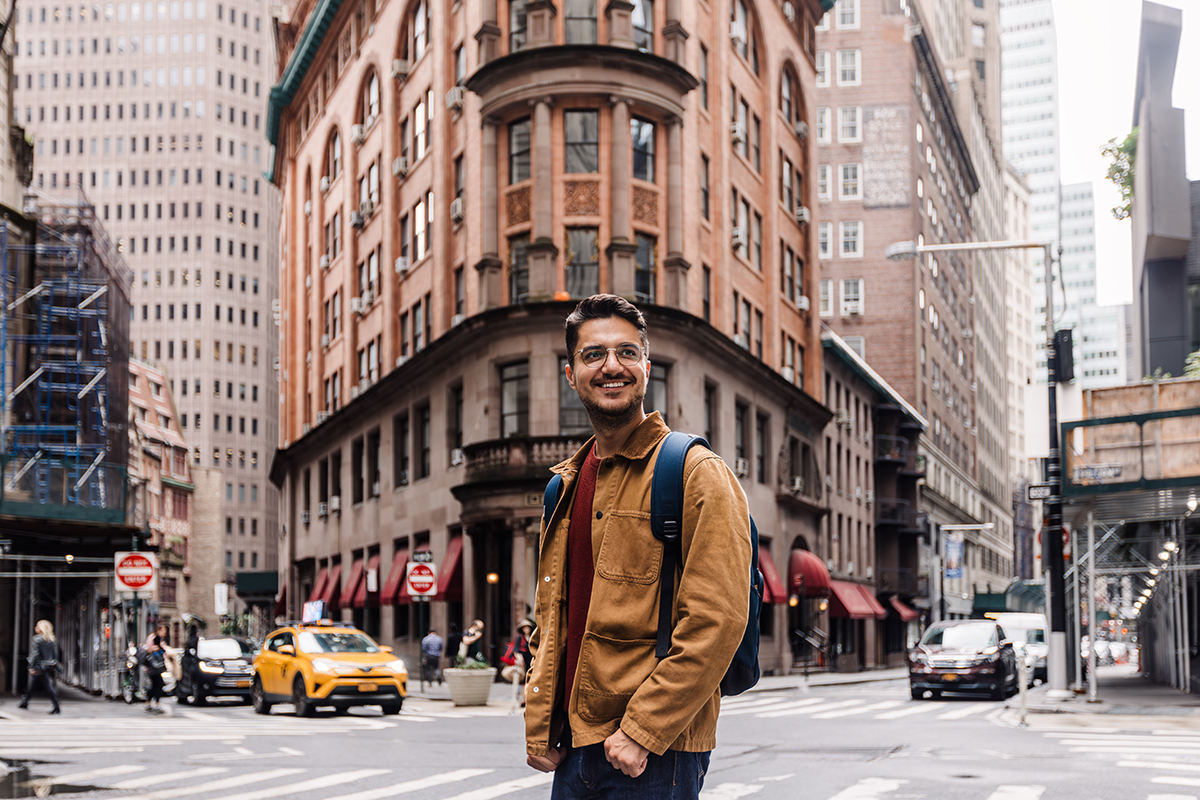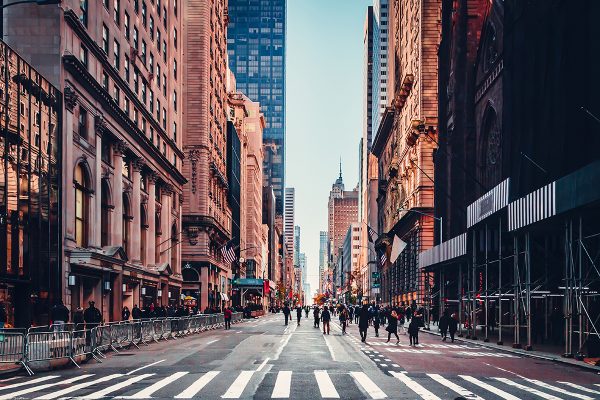The urban transformation of Fifth Avenue in New York, USA, redefines mobility and sustainability on one of the world’s most iconic avenues. This initiative, announced by Mayor Eric Adams and the Future of Fifth Partnership, seeks to prioritize the well-being of pedestrians on one of the world’s most iconic arteries. With plans to widen sidewalks, incorporate greenery and implement innovative safety measures, this project promises to redefine modern urbanism. Why is this change so significant and how will it impact the dynamics of the city? Read on to find out.
Pedestrian-centered design
The Fifth Avenue redesign spans from Bryant Park to Central Park, widening sidewalks by 46% and reducing vehicular lanes. With an average of 5,500 pedestrians per hour and peaks of up to 23,000 during the holiday season, the current space is insufficient to handle this flow. The new sidewalks will be 10 meters wide, providing 7 meters for unobstructed walking and an additional 2.60 meters for green areas, such as trees and planters.
The proposal also reduces crossing distances by more than a third, significantly improving safety. With the addition of more than 230 new trees and 1,858 square meters of planters, Fifth Avenue will become a more welcoming and sustainable space, providing shade and infrastructure to mitigate urban flooding.
A positive economic impact
The pedestrian transformation not only seeks to improve the urban experience, but also to boost the local economy. Currently, Fifth Avenue generates 313,000 direct and indirect jobs. Similar initiatives, such as the Holiday Open Streets 2022 program, have already proven successful. During that event, vehicle closures on 11 blocks increased spending at area businesses by 6.6%, generating an additional $3 million. This precedent underscores the economic potential of a more pedestrian-friendly urban space.

Public-private partnership for urban transformation
The project is led by the Future of Fifth Partnership public-private partnership and includes experts such as Arcadis, Sam Schwartz Engineering and Field Operations. This design team aims to deliver a schematic approach by the summer of 2025. Improvements will include modern lighting, cultural activation spaces and seating areas for pedestrians.
Eric Adams, Mayor of New York City, summarized the purpose of this initiative: “Seventy percent of the people on Fifth Avenue are pedestrians, but they can only use less than half the space. We are nearly doubling the walkable space, adding hundreds of new trees, planters, seating and more.”
Final thought
Transforming Fifth Avenue into a pedestrian boulevard is an inspiring example for urbanism projects around the world. The combination of human-centered design, sustainability, and public-private collaboration can redefine the way we experience our cities. These types of projects also represent an opportunity for professionals interested in urban and sustainable project management.
Continue your professional education
The transformation of Fifth Avenue highlights how pedestrian-centered urban design can redefine our cities. Studying our Master in Project Design, Administration and Management with a Specialty in Architecture and Urban Planning will give you the tools to lead innovative projects like this one that promote sustainability and the improvement of urban spaces. This approach will allow you to boost your career in a key sector for the future of cities.
Source: New York City unveils plans to transform Fifth Avenue into a pedestrian-friendly boulevard.

